Aspiring to Achieve Historical Authenticity
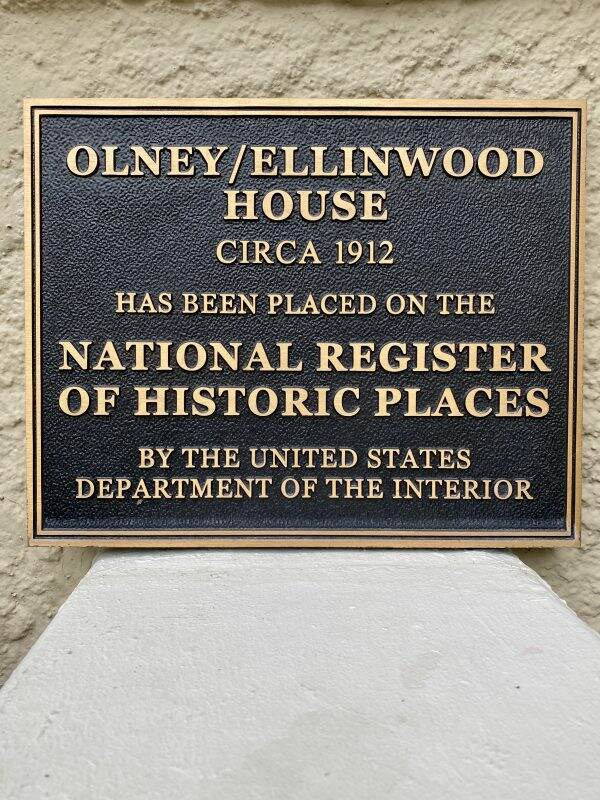
If you have ever owned a historical home, there is a sense of stewardship that comes with it. For me, it’s hard to imagine someone prior to 1910 dreaming about building this house we now enjoy. But many older homes are stripped of the original architecture and details, losing historical authenticity, for more modern design and function.
The Design-Architect Unknown
In 1910 Feng Shui wasn’t a well known concept here. But the architect knew how to design this structure with a flowing floor plan. How innovative to create ways to capture the light, protect itself from the harsh summer sun/heat and feel warm and engaging in the winter~all without air-conditioning.

Multiple fireplaces provide heat. The exterior walls are 18″ thick, built with bricks and designed to allow good air flow. Imagine that.
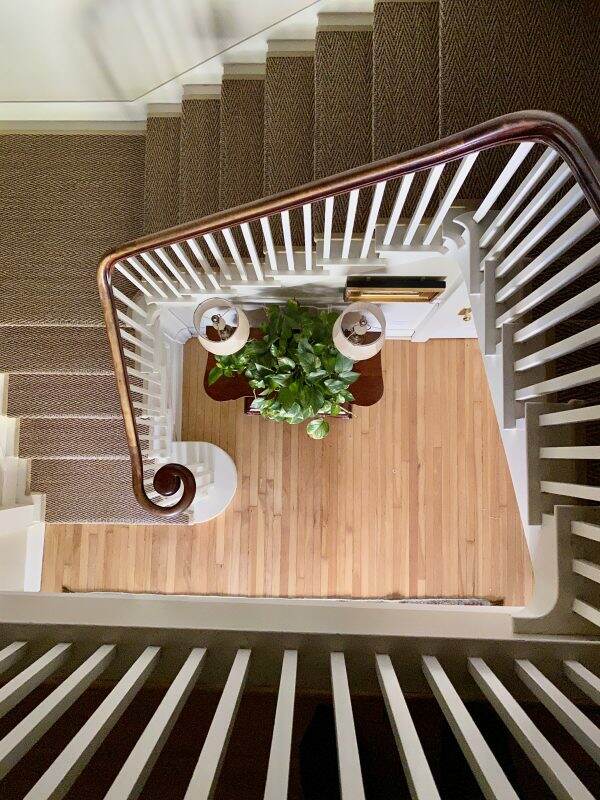
When I come downstairs in the morning, I always take the front staircase. The bottom step places me into the eastern morning sun pouring into the windows in the Spring and Winter months. During the summer, the large 3 foot wide exterior overhang blocks the bright, blistering sun and bathes the rooms in ambient light. It is quietly magical.

One of my favorite visual sites is standing in the dining room and looking through the foyer into the living room. It is as if the architect is trying to put the rooms in a frame, like a painting.

Adding the Mechanicals
The challenge with restoring a house that is rich in history is how do you preserve its authenticity, while making it livable in the 21st century. This is the state of the house after purchasing it in 1999. There is no central air conditioning. The existing coal chute is still in the basement. All the windows are rope and pulley with single paned glass. The electrical panel has a Frankenstein switch and bees are making hives in the walls. It is uninhabitable.

Adding all new mechanicals is a critical step and we take great care to hide as much as we could. HVAC chase vents are made to look like part of the wall and architecture. The above picture shows a corner of the dining room where the HVAC chase blends in with the original trim and cove ceiling.

The Details
Beautiful detailed brass vent covers are painted with pastel colors from a previous owner. Re-plated with brass, they are stunning reminders of a different time.


All the windows require replacing and are custom made to today’s standards. Thank you, Marvin Windows. Each and every detail of the original sash, head, grill, mullion, ogee, casing, sill, stool and apron is replicated. Most of the windows are 6 or 8 panes over 1. Windows created for new parts of the house are crafted to look like they have always been there with fine moldings and windowsills.

Walls, Doors and Floors
I don’t know about you but I can tell the difference in sound when I enter a room with plaster walls vs. drywall. It is difficult to find someone that does high quality plaster work in Phoenix. Maybe it’s easier back east or in historical communities, but our contractor wanted us to remove all the lathe and plaster(with its horse hair) and replace it with drywall. Cheaper, faster and easier was his reasoning.
Many of the walls are severely cracked, or in the case of my son’s room, saturated with honey from the bees. There are many problems in fixing the plaster but in retrospect, I’m glad I held my ground. It is the subliminal and solid quietness of plaster gives a sense of strength to these walls.

The same goes for real hardwood floors vs. engineered or laminate. I can tell the minute I step on a floor whether it is the real deal or not. The light Canadian beech planks are 2 1/8″ wide and an amazing 12′ long. You can’t find lengths like that today in real hardwood. Though we matched the flooring in the new areas, they lack the patina and history as the original.

In restoring the house, we found original pocket doors buried in the walls in the dining room. This 5 panel door style is the template for all the new doors we added in the house.
The House Today
These are just a few elements of design we used to achieve historical authenticity. Are we purists? No. The kitchen and bathrooms are 21st century. We now have air conditioning vs. sleeping porches.
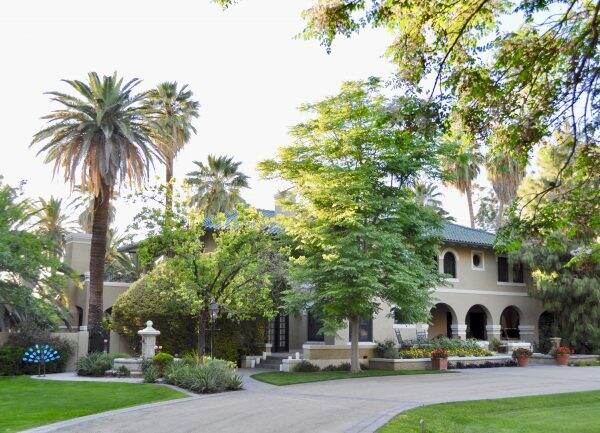
But I believe that when you step foot into this lovely, unique historical home, you clearly get a sense of what life was like 108 years ago. Over time, the land was carved up into other parcels and we cherish the remaining 2 acres. With Phoenix being the fastest growing city in the U.S., we only hope this land stays whole. It certainly will as long as we are living here.
We feel blessed to call Bella Terra home. As we continue to add memories here, we hope to enrich this space even more with love, laughter, kindness, joy and hope.
Sending Wednesday hugs to all! If you want to see some of the original restoration stories and pictures, check out The Restoration Chronicles, Chapters 1-5. Have a wonderful day!

Just a reminder that any words that are italicized bring you to the source. If it is a product on Amazon, please note that I am an Amazon Affiliate. If you purchase something through my website, I receive a small (very small!) stipend, which doesn’t affect the price you pay at all. My goal is to make sourcing the items easy for you. Thank you for your continued support.

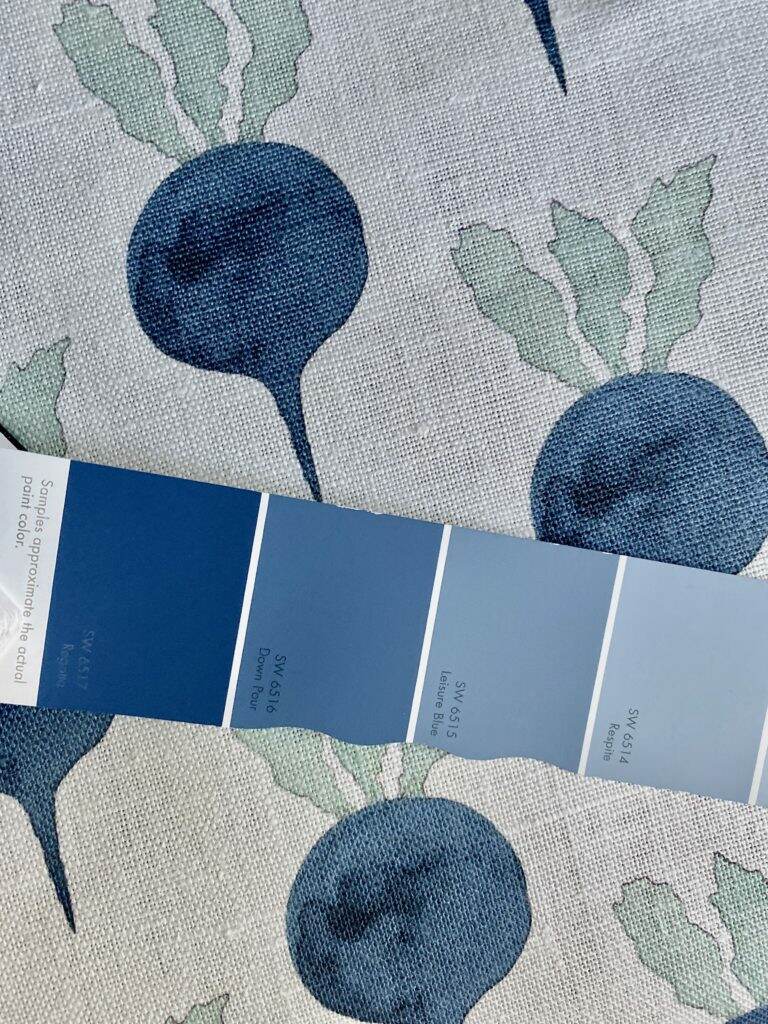
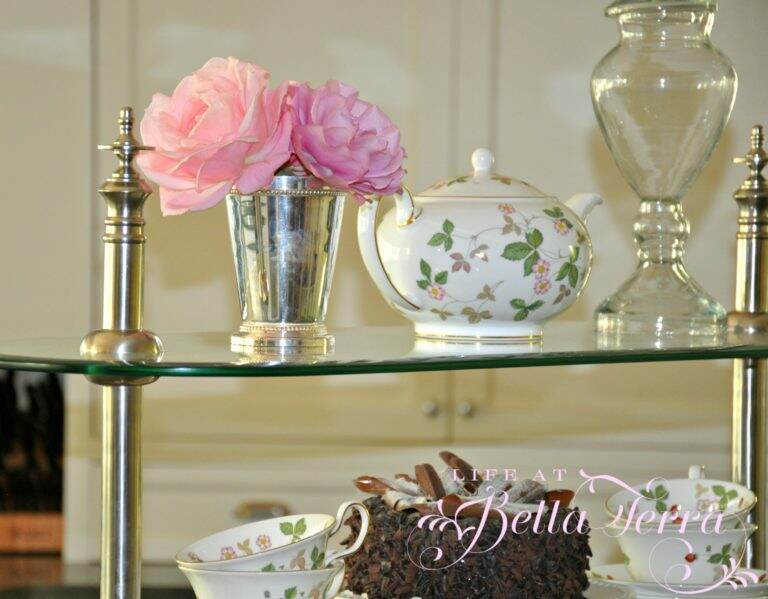


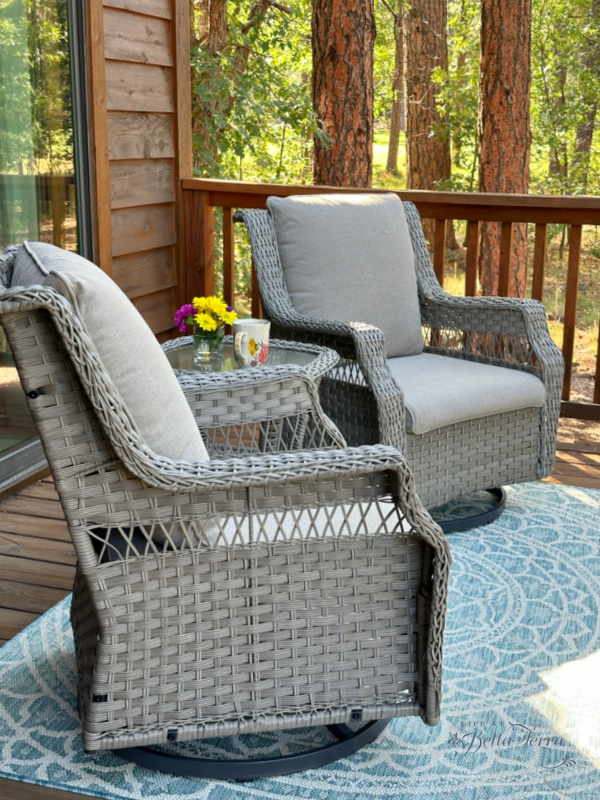
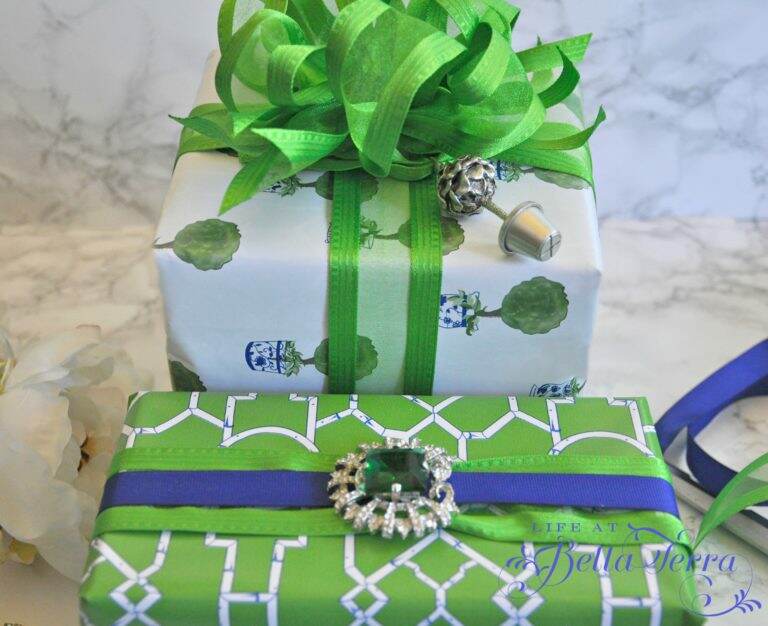
So wonderful, Bella Terra is really a gem. I can feel the authenticity just by looking at the photos and I can see the space and perfectly livable also. Thank you for sharing! What a pride!
Thank you, my friend!
Mary,
You and Scott have truly made this house a home and with every completed project, this historic property becomes even more spectacular! Your stewardship of this special land is commendable.
Louise, Thank you for your comment. Sometimes there is a love/hate relationship with old houses (like this year with so many things breaking down). But the original old floors are full of memories and we hope our family has added their fair share of fun ones!
You and your family are the perfect caretakers for this magnificent piece of Phoenix history. I admire how much passion, energy and hard work you have put into this home. Following along the process has been and continues to be a real pleasure.
Shaun
Shaun, Thank you so much for your kind comments. It soothes my soul to turn off all the noise of the world and really enjoy this place and space.
I so love that you respected the historical beauty of the home. So many people just toss it away in order to make it modern! I had to chuckle over the lathe and plaster argument. Back in the day, in our early 1900s house, we removed one wall to extend our kitchen into a great room of sorts — ate plaster dust for weeks; but it does make a difference. It warms my heart to see projects completed by people who really connect with the history of the building. Question: With historical property designation do you have to open the house to the public a few days our of the year?
Tanya, Yes the plastering part of the restoration was SO messy! And I think one of the plasterers may have been drunk because I have a new wall that is so crooked….but I suppose that adds charm. That’s a good question about being open to the public a few days a year. I don’t know if that is a requirement. But please know my door is always open to you!!! It takes a long time to become historically designated because it is my understanding that the committee who selects properties meets only once a year. And if your application has a typo or not enough information, they reject it and look at it again the following year. Fortunately, the City of Phoenix’s Historic Preservation Department helped with the application and follow-up as they were trying to protect as many older homes during the early 2000s, when developers were coming in and plowing them under for cookie cutter subdivisions. Many people told us to knock it down and put 8 new homes in its place in order to make a lot of money. Unbelievable.
Such a great read Mary. I learned a lot and I’m so excited to see your home – so very beautiful. I’m so excited to see your renovations.
It will be such fun to have you and Andrea here! Plus the weather will be much cooler and better.
I am breathless looking at your beautiful historic home…
I think I need to host our Tuesday group here. I’d love to see everyone!
Oh Mary! Your home is so beautiful, and obviously a labor of love! You’ve totally kept the history alive. I can’t wait to see it in person some day! Thanks for sharing the restoration – I love it!